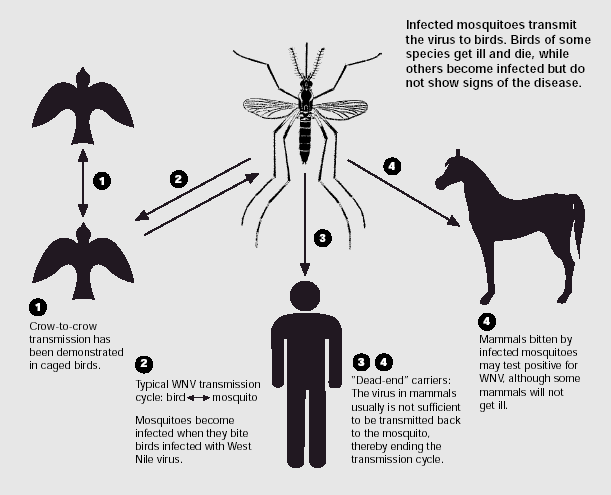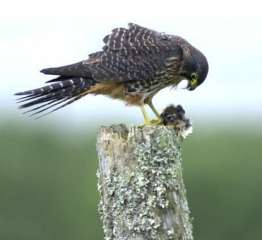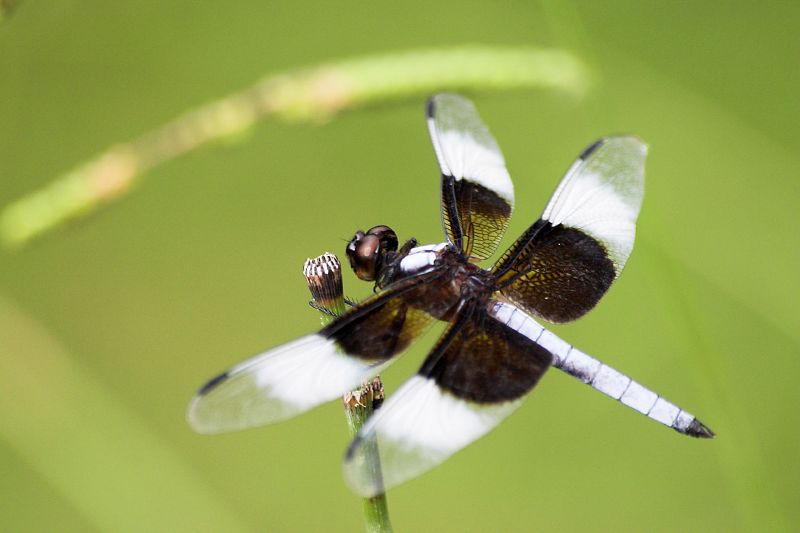Scientific studies have found evidence to support both arguments, leaving the two sides in a stalemate. However, recent research efforts begun to report some interesting trends that may settle the debate. For lions and several types of ungulate, attractiveness to hunters appears to be closely related to conservation threat status (e.g., "least concern," "vulnerable," "threatened," "endangered"). Specifically, the higher the conservation threat, the more attractive the quarry. This is not entirely surprising, given the number of studies showing the value of rarity--in zoos, for exotic pet collections, in luxury good consumption, and for ecotourism. Overall, these patterns suggest that the very conservation action that was taken to protect the animals might, in some ways, have put them more in harm's way.
(A male African lion, Panthera leo. This species is listed as "vulnerable"--a status that was caused, in large part, by high levels of hunting.)
To investigate whether this pattern was true for felid species, researchers from the Université
Paris-Sud and the Université Lyon collected hunting data on 10 types of cat: the caracal (Caracal caracal), the African wild cat (Felis silvestris libyca), the serval (Leptailurus serval), the Canada lynx (Lynx canadensis), the bobcat (Lynx rufus), the cheetah (Acinonyx jubatus), the African lion (Panthera leo), the European lynx (Lynx lynx), the cougar (Puma concolor), and the leopard (Panthera pardus). Data on trophy takes, quarry mass, conservation status, and illegal takes (determined from confiscated trophies, skins, and skulls) between 1975 and 2008 were collected from the Safari Club International database, the CRC handbook of mammalian body mass, the International Union for the Conservation of Nature (IUCN) red list, and the Convention on International Trade in Endangered Species of Wild Fauna and Flora (CITES) database.
(A serval, Leptailurus serval. This species has a conservation status of "least concern." Among exotic pets, these appear to be fairly common--despite the fact that full-grown adults can weigh up to 40 pounds (18 kg) and have a shoulder height of just over 2 feet (66 cm)).
For 7/10 species, the number of individuals killed rose markedly over the study period, and for 6 of these species, the increase was exponential. The increase in trophy hunting was generally most noticeable for species that were most threatened--including lions, cheetahs, and leopards. For these animals, hunting efforts doubled every 7.2 years rather than every 11.7 years, as observed in other, less threatened, species. Illegal takes also increased (linearly) throughout the study period, indicating that there is a good market for felid trophies. This is troubling since the rise in illegal activity is concomitant with dwindling populations sizes of all 4 species of conservation concern. An analysis of monetary values of trophies revealed that near threatened and vulnerable species are worth more, regardless of body mass or trophy size. Among those species whose statuses were upgraded from "least concern" to "near threatened," there was a small but noticeable increase in trophy numbers; among those upgraded to "vulnerable," the increase was even more obvious. A downgrading of status, on the other hand, resulted in a reduction in exploitation. None of these relationships is statistically significant (though they are close), and none clearly shows a cause-and-effect relationship between conservation status and quarry popularity. However, the consistency of the results strongly suggests that "vulnerability to extinction makes felid species more hunted."
(A bobcat, Lynx rufus. This species has a conservation status of "least concern.")
Given the similarity between these findings and those recently obtained from a study of ungulates, it appears that the patterns observed here are probably descriptive of the effects of hunting on a broad range of species--not just felids, but other groups as well. Overall, these findings put conservationists in a bit of a bind. Conservation statuses can be used to obtain different levels of protection for the animals that need them, but then again they may make species more susceptible to trophy hunting and poaching. The authors suggest that one of the draws of rare cats is that their extremely low densities offer a challenge that has been taken out of other hunting endeavors with the advent of modern technology (including all-terrain vehicles, advanced weaponry, electronic tracking and surveillance gadgets); in other words, rarity may put some of the thrill back in the chase.
The researchers suggest that, if trophy hunting of threatened animals is to continue, it will be vital to create a better, scientifically-based quota system. This will require accurately assessing species' population sizes, measuring their growth capacity, and identifying any density-dependent mechanisms (trends that are only seen once populations shrink to a certain size). Additionally, any quota system should be combined with protection methods to ensure that only licensed hunters--and not poachers--are killing the animals.
---
For supplementary images associated with this post, please visit the Anthrophysis pin board at Pinterest.
Palazy, L., Bonenfant, C., Gaillard, J.-M., Courchamp, F. 2011. Cat dilemma: too protected to escape trophy hunting? PLoS ONE 6(7):e22424.
Thanks to the following websites for providing the images used in this post:
http://en.wikipedia.org/wiki/Lion
http://edgeofthebush.ca/zt1/animals/_1BF75584.html
http://www.techpowerup.com/index.php?66254




















